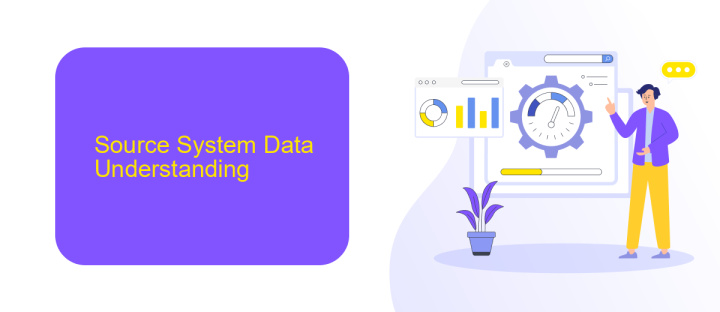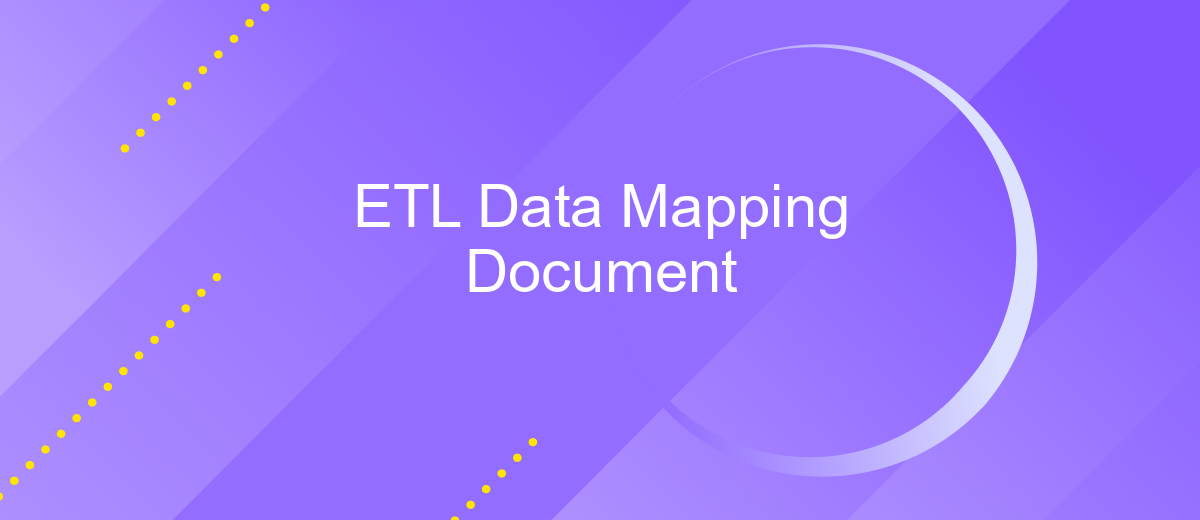ETL Data Mapping Document
An ETL Data Mapping Document is a crucial component in the data integration process, outlining how data from various sources is transformed and loaded into a target system. This document serves as a blueprint for developers and analysts, ensuring data consistency, accuracy, and compliance with business requirements. It streamlines the ETL workflow, making data management more efficient and reliable.
Introduction
ETL (Extract, Transform, Load) Data Mapping Document is a crucial component in the process of data integration. It serves as a blueprint for how data will be extracted from various sources, transformed to fit operational needs, and loaded into a target database or data warehouse. This document ensures that data is accurately and consistently moved across different systems, reducing the risk of errors and improving data quality.
- Defines data sources and destinations
- Specifies transformation rules and logic
- Outlines data validation and error handling procedures
- Documents data lineage and traceability
Using a service like ApiX-Drive can significantly streamline the ETL process. ApiX-Drive offers a user-friendly interface for setting up integrations, automating data flows, and monitoring data transfers in real-time. By leveraging such a service, organizations can save time, reduce manual effort, and ensure that their data mapping is both accurate and efficient.
Source System Data Understanding

Understanding the source system data is a critical step in the ETL process. It involves analyzing the structure, format, and quality of the data within the source systems. This step ensures that the data is accurately extracted and transformed to meet the requirements of the target system. Key aspects to consider include data types, relationships between different data entities, and any existing data quality issues. Comprehensive data profiling can help identify anomalies, missing values, and inconsistencies that need to be addressed before the data is loaded into the target system.
To streamline the integration process, leveraging tools like ApiX-Drive can be highly beneficial. ApiX-Drive provides a seamless way to connect various source systems, automating data extraction and ensuring real-time synchronization. This service supports a wide range of applications and databases, making it easier to maintain data integrity and consistency across different platforms. By using ApiX-Drive, organizations can reduce the complexity of manual integrations and focus on optimizing their ETL workflows for better data management and analytics.
Data Mapping

Data mapping is a crucial step in the ETL (Extract, Transform, Load) process, as it ensures that data from various sources is accurately and consistently transferred to the target system. The main goal is to create a clear and precise mapping document that outlines how source data elements correspond to target data elements.
- Identify all data sources and their respective data elements.
- Determine the target data structure and its elements.
- Define transformation rules to convert source data into the desired format.
- Document data mappings, including any necessary transformations and validations.
- Validate the mapping document with stakeholders to ensure accuracy and completeness.
Using integration services like ApiX-Drive can streamline the data mapping process by automating data transfers between various systems and applications. ApiX-Drive provides a user-friendly interface that simplifies the setup of data integrations, reducing the potential for errors and saving time. By leveraging such tools, organizations can enhance the efficiency and reliability of their ETL processes.
Data Transformation Rules

Data transformation rules are essential for ensuring that the data extracted from various sources is accurately and consistently transformed to meet the target system's requirements. These rules define how data is cleansed, formatted, and enriched during the ETL process to ensure data quality and integrity.
Transformation rules include a variety of operations such as data type conversion, data aggregation, data filtering, and data enrichment. Each rule must be meticulously documented to ensure transparency and reproducibility of the data transformation process.
- Data Type Conversion: Converting data types from source to target formats.
- Data Aggregation: Summarizing data to provide meaningful insights.
- Data Filtering: Removing unwanted or irrelevant data.
- Data Enrichment: Adding additional data to enhance information.
Using integration services like ApiX-Drive can streamline the implementation of these transformation rules by providing a user-friendly interface for configuring and automating data mappings. This ensures that data flows seamlessly between systems, reducing the need for manual intervention and minimizing the risk of errors.
- Automate the work of an online store or landing
- Empower through integration
- Don't spend money on programmers and integrators
- Save time by automating routine tasks
Target System Data Validation
After the data has been successfully extracted, transformed, and loaded into the target system, it is crucial to perform thorough data validation to ensure its accuracy and integrity. This involves verifying that the data in the target system matches the data in the source system, maintaining consistency and completeness. Common validation techniques include record counts, data type checks, and referential integrity checks, ensuring that all foreign keys and relationships are correctly maintained.
To streamline the data validation process and enhance integration efficiency, tools like ApiX-Drive can be employed. ApiX-Drive offers seamless integration capabilities, allowing for real-time data synchronization and automated validation checks. By leveraging such services, organizations can reduce manual effort, minimize errors, and ensure that the data in the target system is reliable and ready for analytical or operational use. This not only saves time but also enhances the overall quality and trustworthiness of the data.
FAQ
What is an ETL Data Mapping Document?
Why is an ETL Data Mapping Document important?
What are the key components of an ETL Data Mapping Document?
How often should an ETL Data Mapping Document be updated?
Can ETL Data Mapping be automated?
Apix-Drive will help optimize business processes, save you from a lot of routine tasks and unnecessary costs for automation, attracting additional specialists. Try setting up a free test connection with ApiX-Drive and see for yourself. Now you have to think about where to invest the freed time and money!


